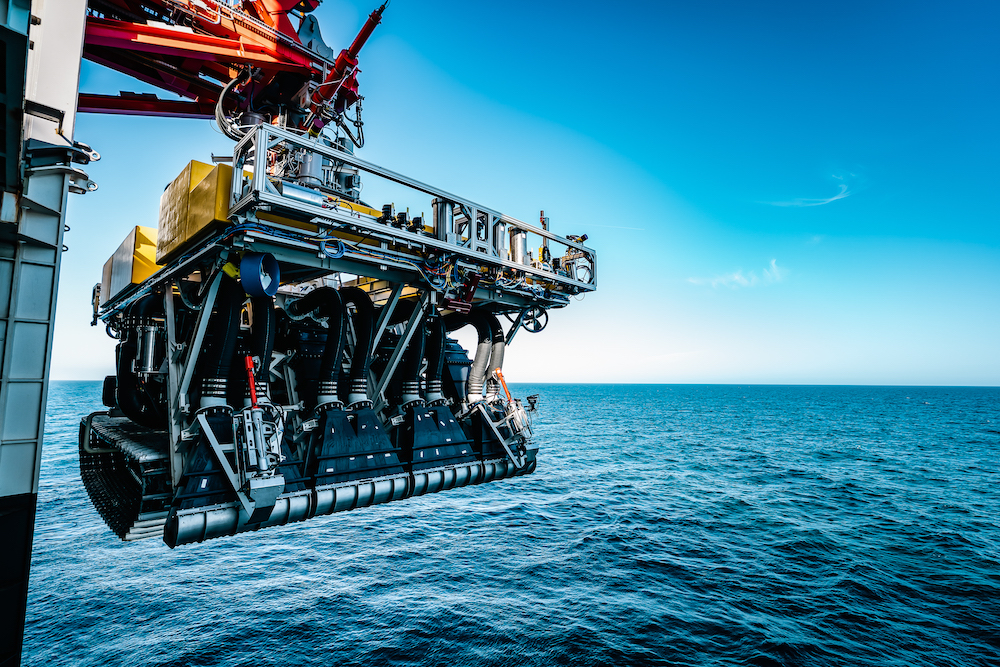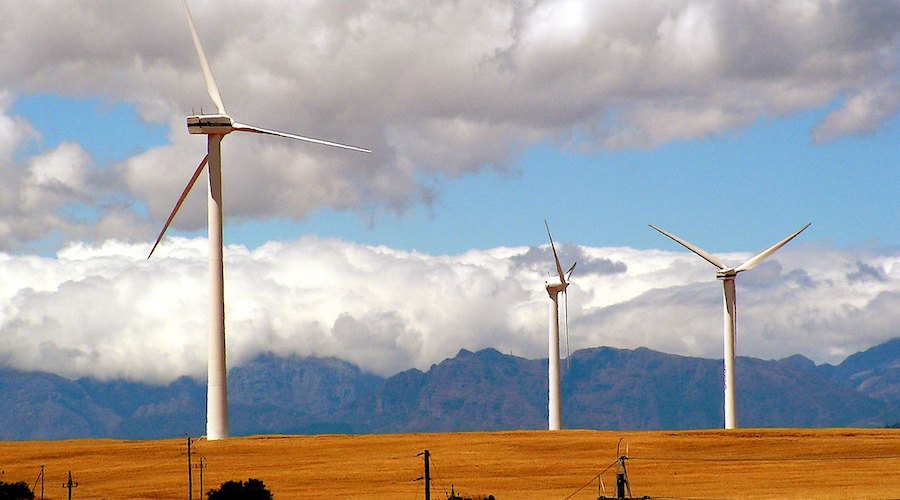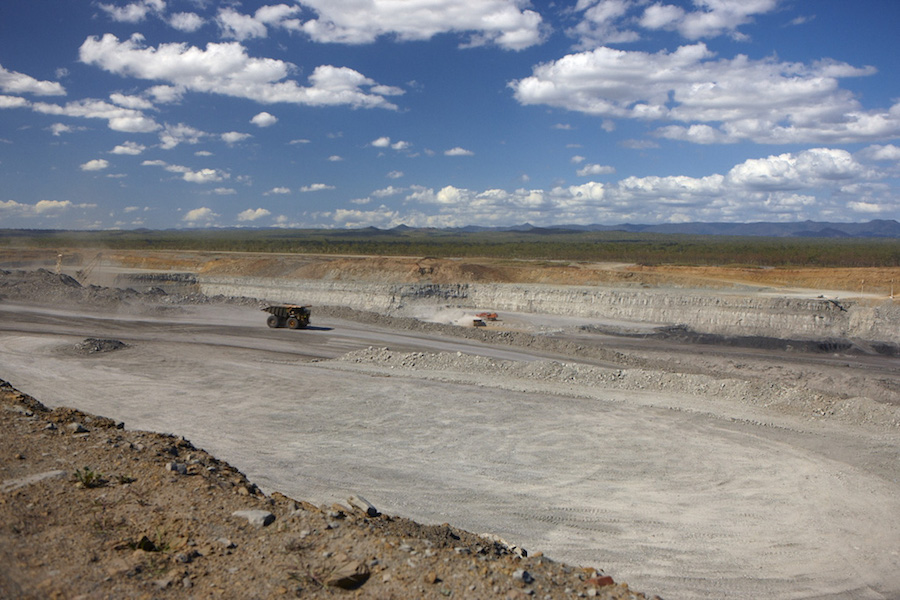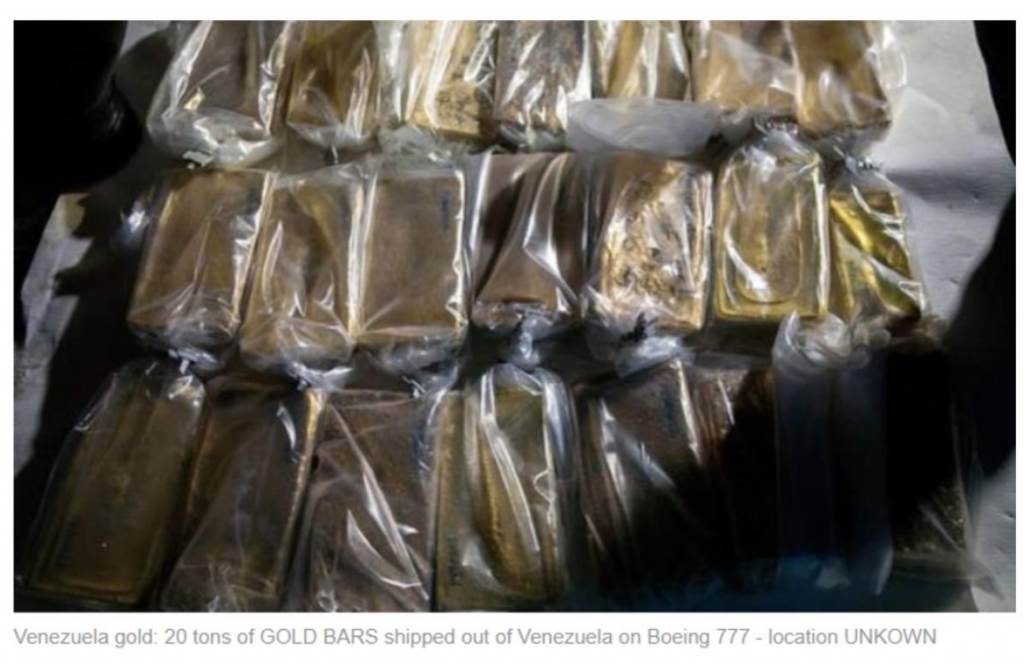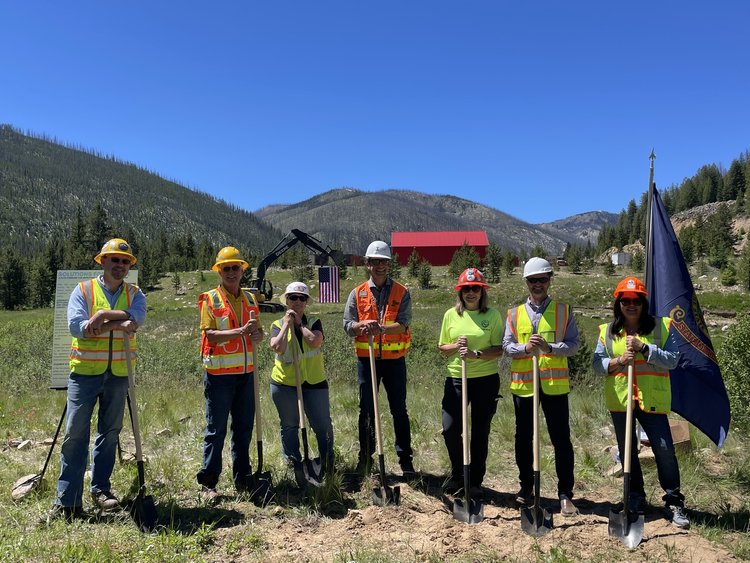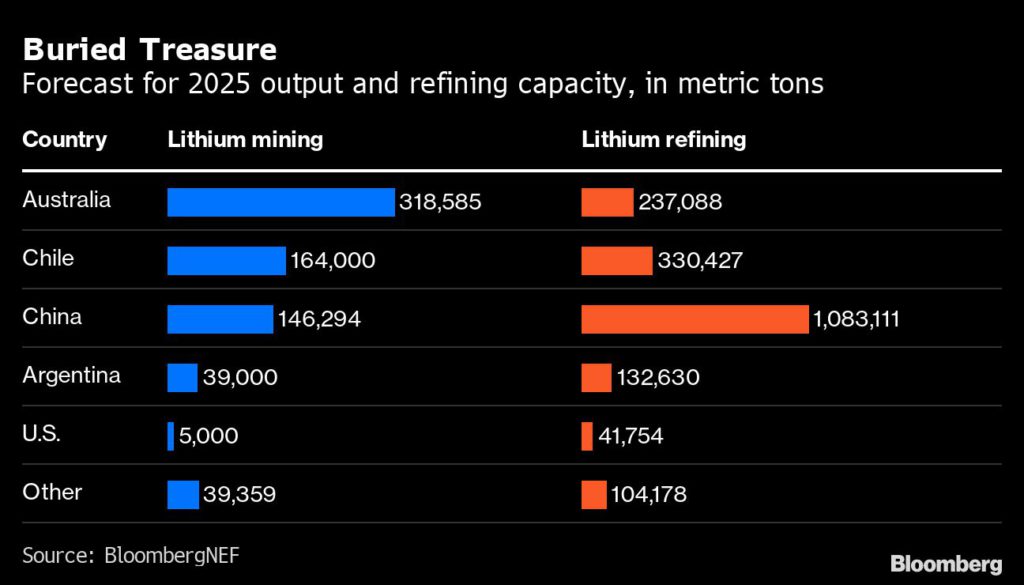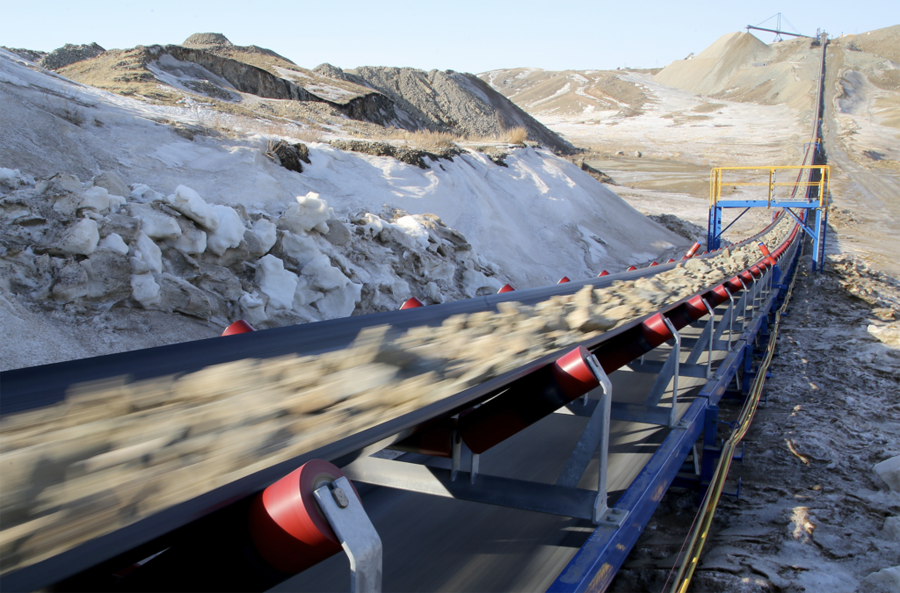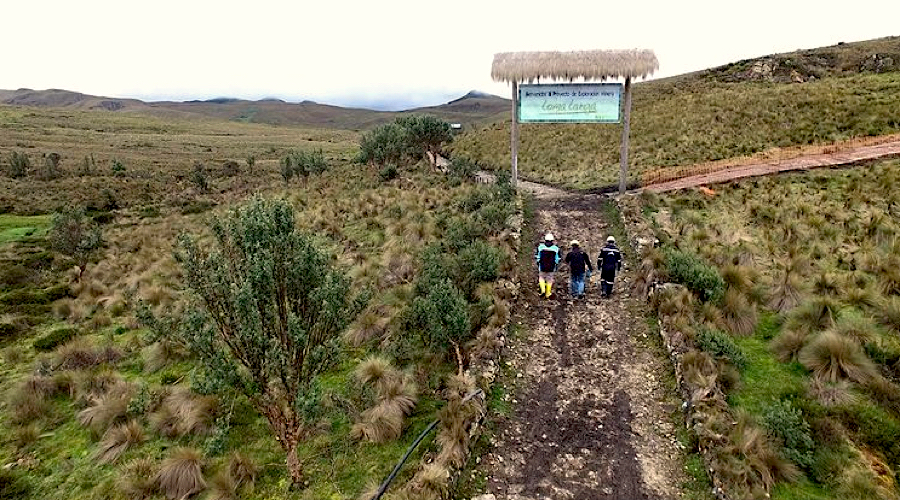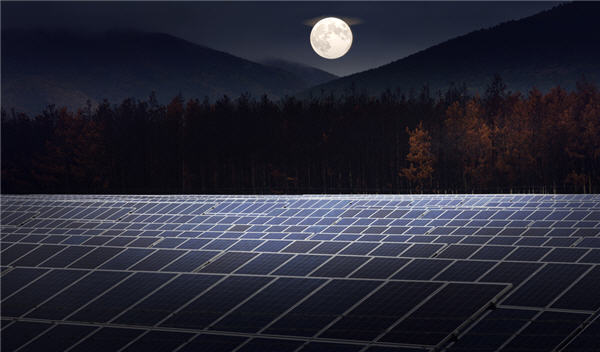
File image.
On its mission to develop onsite resources for the Moon, Israel-based space tech startup Helios stumbled across a novel approach to iron production.

The company’s technology, it says, is capable of producing iron with zero co2 emissions and has the potential to dramatically change the way to approach sustainable iron making.
Helios’ endevour to create an emission-free future for the steel industry will be fueled by $6 million in capital, thanks to a seed round led by At One Ventures, the “net positive to nature” investment firm, and Doral Energy-Tech Ventures. Deep tech investor Metaplanet and a global Top 5 mining company are also participating in the round, Helios said.
The company, led by founder and CEO Jonathan Geifman, did not set out to make green steel at a lower cost. Its original goal is to produce oxygen to sustain recurring missions to the moon by producing it on site. Helios’ proprietary technology extracts oxygen from lunar regolith, the mixture of powdery dust and broken rock on the surface of the moon.
Current methods of steel production emit large quantities of CO2 through the reduction of iron ore with carbon. For every tonne of steel, approximately 2 tonnes of CO2 are emitted, making the industry responsible for 8% of humanity’s carbon footprint.
Yet efforts to decarbonize the industry through methods like H2 injection, carbon capture, and electrolysis will increase the cost of production, making adoption by major manufacturers difficult to justify, the company said.
“On the moon we don’t have the luxury of using carbon for energy, and you also have to be extremely efficient – you cannot waste or emit anything,” Geifman said in a media release.
“The extraterrestrial environment really pushes your R&D to the extreme,” Geifman said. “You cannot be iterative; you must reinvent processes entirely. That is how we came up with this completely novel method of extraction that we soon realized would be beneficial for life on earth as well.”
“It’s fascinating to me that while Helios was focused on creating technologies to further sustainable Moon missions and habitation – literally taking its ‘moonshot’ – they stumbled across this brand-new process to benefit life on earth,” said Uri Oron, Director of the Israel Space Agency at the Ministry of Innovation, Science and Technology. “This is a great example of the close connection between space technology and its impact on our lives here on Earth,” he added.
Helios scientists discovered that the technology created for the reactor built to extract oxygen and iron from regolith could also be used to extract 99% pure iron from iron ore, using an entirely novel chemical process. The method requires 50% less energy than what is currently used in the industry, while operating at temperatures so low that a household oven will suffice to initiate the process.
In addition to the energy cost reduction, the process also eliminates 100% of the direct CO2 emissions, Helios said, adding that using renewable energy to heat the system will make the whole process carbon free.



